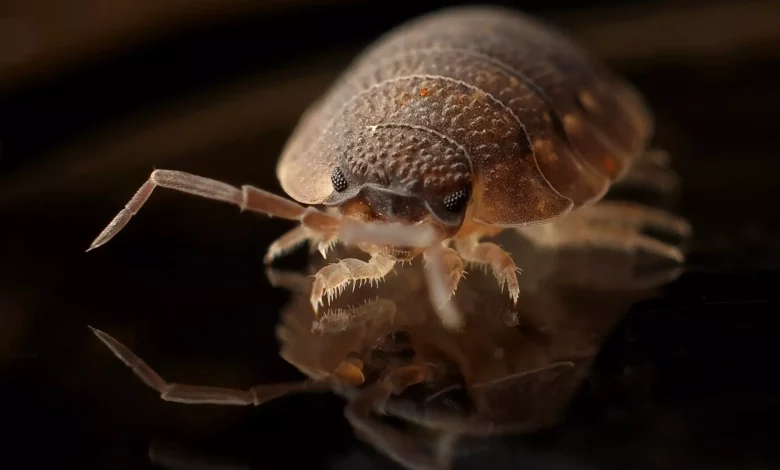What Chemicals Do Exterminators Use for Bed Bugs?

Bed bugs are evolving to become increasingly resistant to pesticides. Their infestations are complex to control because they multiply quickly and they’re not easy to detect. Here are six of the most modern ways that a pest control expert will use chemicals to get rid of them for good:
6 Pesticides Used by Bed Bug Exterminators
According to the Environmental Protection Agency (EPA), over 300 registered pesticides are used to exterminate bed bugs. Only a few are permitted for use by professionals/exterminators:
1. Pyrethrins and Pyrethroids
Both pesticides are non-toxic to pets and humans without allergy triggers, making them popular in bed bug elimination. Although they act similarly, Pyrethrins are made from chrysanthemum flowers (botanical insecticides), while Pyrethroids are synthetically made insecticides.
The two pesticides are eco-friendly but deadly to bed bugs. There may be resistance by some bed bug populations even though it works on their nervous system. Switching to a different chemical category can enhance the effectiveness of removing pesky creatures.
2. Biochemicals
Biochemical methods consist of a cold-pressed oil product derived from Neem tree seeds. It contains different compounds with insecticidal and medicinal qualities making it the only registered biochemical bed bug killer that can control the three development stages: eggs, nymphs, and adults.
3. Desiccants
Desiccants are more prevalent chemicals in bed bug control due to their physical mode of action. They work by destroying the bugs’ exoskeleton, dehydrating them until they gradually die.
Desiccants work without interfering with the bed bugs’ activities but still achieve a long-lasting effect. Because of their versatility, it is recommended to use EPA-registered products for bed bug control, such as Boric acid and Diatomaceous earth.
4. Pyrrole
Pyrrole is a pro-insecticide (meaning it converts another chemical to trigger a biological activity), such as chlorfenapyr. In return, it destroys the bed bugs’ cell operations, resulting in death. Pyrroles have slow action and limited efficiency.
5. Neonicotinoids
These are artificial nicotine like imidacloprid. Neonicotinoids act on the nervous system’s receptors and destroy the nerves continuously till they collapse.
These kinds of bugs may be resistant to other pesticides, but they become susceptible to Neonicotinoids due to the different modes of action. Therefore, this chemical has an excellent effect without any residual impact.
6. Insect Growth Regulators (IGRs)
These are chemicals that hinder the development of hormones in insects into adulthood. They also destroy chitin production (the compound responsible for the insect’s outer coating/exoskeleton). Examples of IGRs are methoprene and hydroplane.
Call an Exterminator to Control Bed Bugs
Chemical treatments used by bed bug exterminators are not available over the counter. Since there are constant changes in their effectiveness, bed bug extermination methods are best left to the experts.
Most exterminators use strong chemicals that have high efficacy but are harmful. This makes it wise to research a professional exterminator for bed bugs, which is key to guaranteeing the insects’ eradication. Verify that the exterminators are licensed. Check other clients’ past reviews as well to find the best local services.








